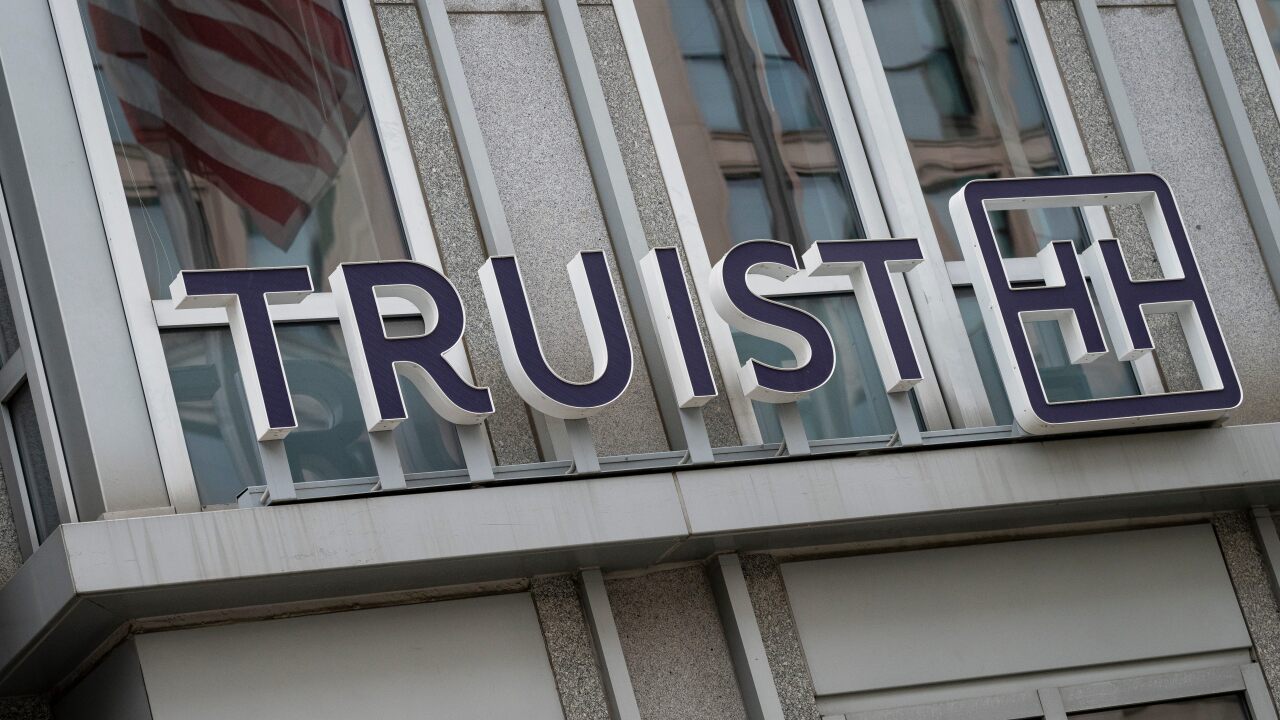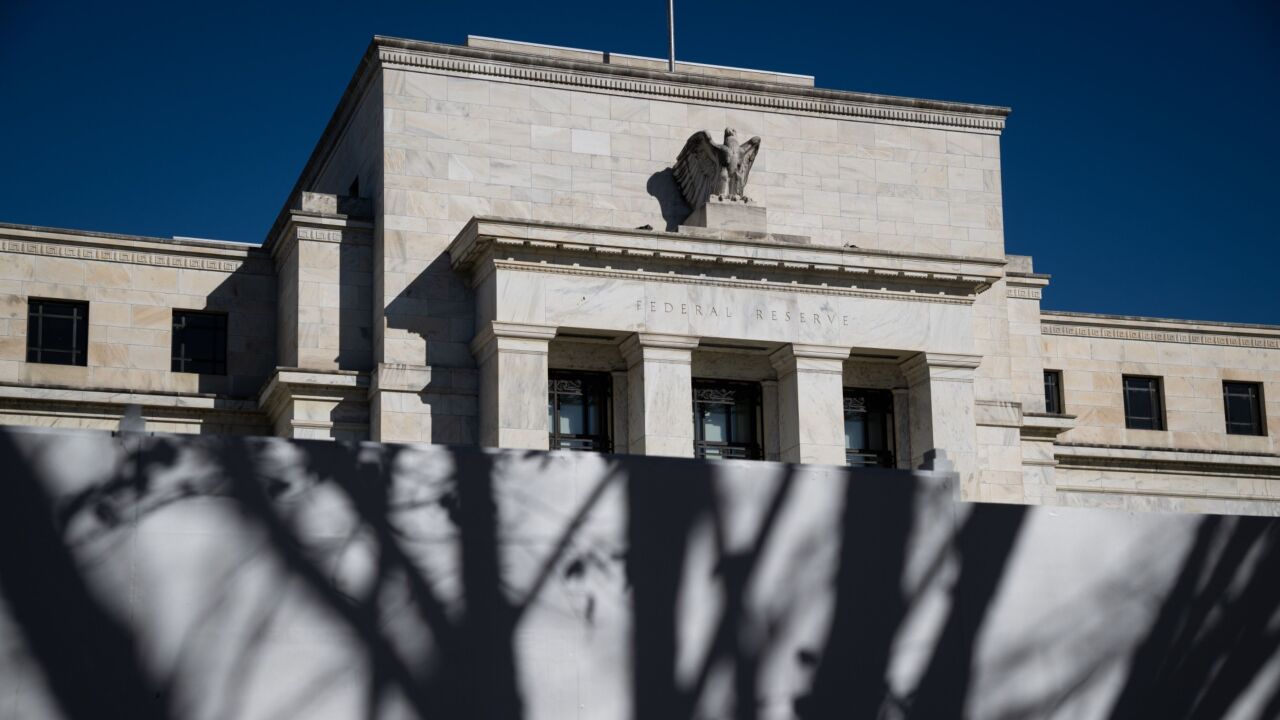MasterCard Europe is making a major push to increase mobile payments acceptance points and encourage higher value transactions, considered a “tipping point” in the market’s maturation.
MasterCard plans to end contactless transaction price limits from authorized mobile devices in Europe by 2017.
Currently, most U.K. terminals have a £30 cap on Apple Pay payments from an iPhone or contactless card payments that do not require a signature or PIN. At some select retailers in the U.K., Apple Pay users can already make purchases higher than the current limit of £30 by authenticating themselves through the TouchID fingerprint scan or a PIN code on their phone.
"It's not so much about removing contactless limits, but ensuring that all contactless terminals in Europe are receptive to higher value payments from authenticated devices like Apple Pay, Samsung Pay and Android Pay," MasterCard Europe spokesman James Thorpe said.
Standard, non-authenticated contactless card payment limits will remain at the limits established in each market, such as £30 in the U.K. and £25 in France, Thorpe said.
The Sept. 8 announcement adds to MasterCard's revelation a year ago that contactless payments for MasterCard transactions would be accepted at every point of sale by 2020.
By expanding the higher-value transaction capability to all terminals in less than two years, MasterCard is acknowledging that authenticated mobile devices initiate secure transactions and terminals should be updated to accept them for larger transactions.
While it is possible to currently have no limits on contactless mobile transactions, it boils down to terminals having the right software, said Zil Bareisis, a London-based senior analyst for research firm Celent.
"The limits have been introduced because there is no cardholder verification method when tapping a contactless card," Bareisis said.
For transactions that originate from mobile devices, the card networks support the consumer device cardholder verification method, such as fingerprint authentication, Bareisis added.
"This latest announcement reflects MasterCard's confidence that all existing contactless terminals will have been upgraded to handle the consumer device verification," Bareisis said.
For now, MasterCard's challenge is to ensure customers with devices that enable higher payments "don't get frustrated with the experience of being limited to £30 at merchants, though that is only limited to Apple Pay users at this time," Thorpe said.
"The challenge will become greater as Apple issues more phones, and Samsung and Android Pay go live," Thorpe added.
The industry will work hard over the next few months to increase the number of terminals able to accept higher value payments, Thorpe said.
As the industry moves closer to the 2017 timeline for lifting the payment limit, retailers will be doing much of the work to communicate with customers.
"Terminals tend to be owned by either the merchant themselves, if they are big enough, or the acquirer if the retailer is smaller," Thorpe added. "So as an industry we can engage with a relatively small number of stakeholders to get traction on this change and communication around the terminals."
A higher transaction capability is considered by
"Having ubiquitous availability would certainly help promote contactless payments further and avoid confusion amongst customers whether they can use their mobile phone for payment or not," Bareisis said.
MasterCard also reports a rapid increase in contactless payments in Europe, citing tap transactions as increasing nearly 170% during the second quarter of 2015 compared to the same quarter last year. Also, contactless spend tripled in Europe since the second quarter of 2014. Half of those transactions take place in grocery stores, MasterCard said in a press release.
In July 2015, 43% of new terminals installed in Europe had contactless capability, up from 21% the previous year.
At the same time, MasterCard announced it has made Digital Enablement Express available to speed up the process of creating digital MasterCard accounts and adding tokenization to the transaction process globally.
The service helps banks of all sizes gain access to digital payment services, while digital wallet providers, device manufacturers and merchants have an easier onboarding process to engage with participating banks, MasterCard said.
The global digital service will provide the needed security as digital transactions continue to grow, enabling every MasterCard issuer to securely digitize tokens into millions of devices, the card brand said.





